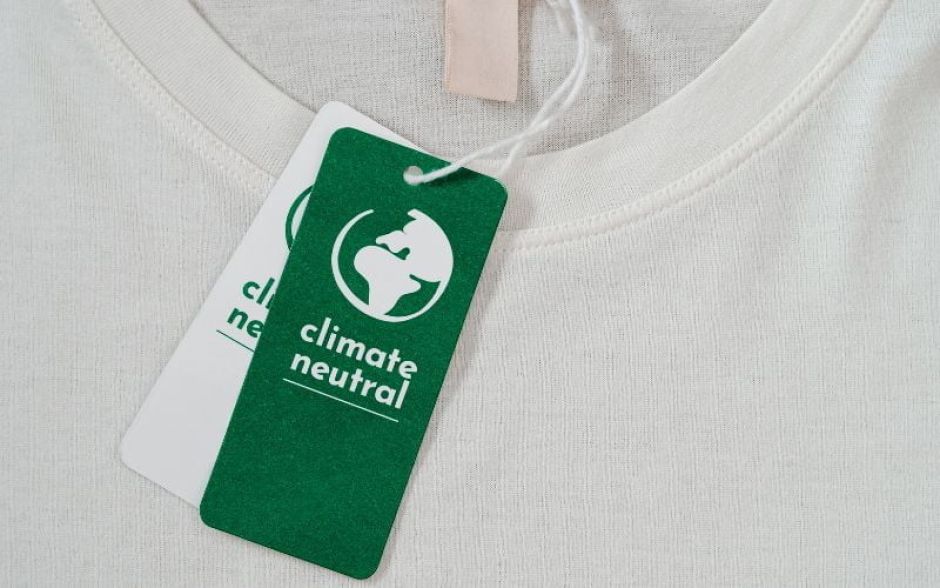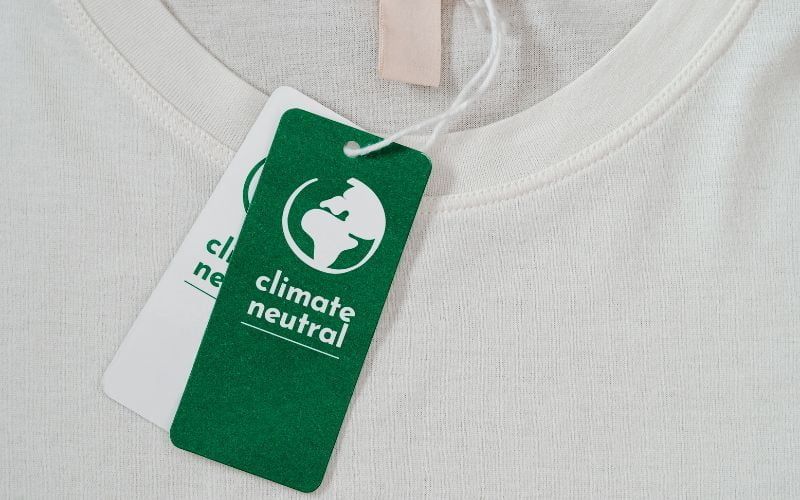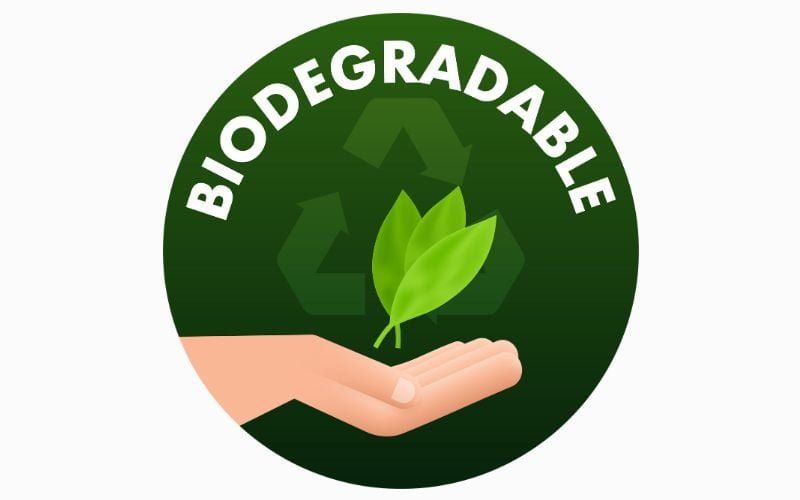
Sustainable Apparel : A Path to Eco-Friendly Super Fashion 2023
In a world increasingly attuned to the environmental challenges posed by the fashion industry, Sustainable Apparel emerges as a beacon of hope. As a vital sub-category of Eco-Friendly Gear, Sustainable Apparel represents a transformative approach to fashion—one that balances the allure of style with a profound commitment to environmental responsibility. This comprehensive guide delves into the realm of Sustainable Apparel, exploring its significance in the context of a planet striving for eco-conscious living. From understanding its environmental impact and ethical considerations to exploring the various facets of sustainable fashion, this guide is your roadmap to embracing eco-friendly, stylish, and ethical clothing choices.

Table of Contents
The Significance of Sustainable Apparel
The significance of Sustainable Apparel extends far beyond being a fleeting trend in the fashion world; it embodies a seismic shift in consumer consciousness, redefining the way we approach clothing. Here’s an in-depth look at why Sustainable Apparel holds paramount importance in today’s world:
- Environmental Impact: Conventional fashion has long been associated with excessive resource consumption, water pollution, and massive carbon footprints. Sustainable Apparel, on the other hand, strives to reduce these negative impacts by employing eco-friendly materials, ethical production practices, and sustainable manufacturing methods.
- Resource Conservation: Sustainable Apparel prioritizes the responsible use of resources. It often involves the use of recycled materials, organic fibers, and innovative textiles that reduce the demand for virgin resources like water, petroleum, and land.
- Reduced Waste: Traditional fashion generates enormous amounts of textile waste, much of which ends up in landfills. Sustainable fashion promotes circularity by designing clothes for durability, repairability, and recyclability, reducing the overall waste generated by the industry.
- Ethical Production: A crucial facet of Sustainable Apparel is ethical production. This means fair wages, safe working conditions, and respect for workers’ rights throughout the supply chain. It combats the exploitative practices often associated with fast fashion.
- Transparency and Accountability: Sustainable fashion brands prioritize transparency, allowing consumers to trace the journey of their clothing from raw materials to finished products. This transparency fosters accountability and encourages responsible practices.
- Innovation and Creativity: Sustainable Apparel doesn’t compromise on style or creativity. Instead, it challenges designers and brands to innovate, creating fashion that is not only environmentally conscious but also stylish and unique.
- Consumer Awareness: Sustainable Apparel is a catalyst for consumer awareness. It encourages individuals to question their clothing choices, fostering a more mindful and responsible approach to fashion consumption.
- Longevity and Value: Sustainable clothing tends to be of higher quality, designed to last longer than fast fashion items. This shift toward longevity and value supports a more sustainable and cost-effective wardrobe.
- Impact Beyond Fashion: Sustainable Apparel has a ripple effect beyond fashion. It influences consumer behavior, encourages sustainable lifestyle choices, and promotes eco-conscious living in various aspects of life.
- Preservation of Biodiversity: Sustainable fashion often utilizes organic fibers, reducing the use of harmful pesticides and chemicals that can harm ecosystems and biodiversity.

In summary, the significance of Sustainable Apparel lies in its power to redefine fashion as a force for good. It challenges the conventional fashion industry’s harmful practices and inspires a new era of eco-conscious clothing choices. From reducing environmental impact to supporting ethical production, sustainable fashion embodies the values of responsible consumption and environmental stewardship. By choosing Sustainable Apparel, individuals become not just fashion-conscious but also conscious contributors to a healthier planet.
Environmental Impact of the Fashion Industry
The fashion industry has a substantial environmental footprint, making it imperative to understand the gravity of its impact to appreciate the significance of Sustainable Apparel fully. Here’s an extended exploration of the environmental challenges posed by the fashion industry:

Resource Consumption:
- Water Usage: Conventional cotton farming, for example, is water-intensive, leading to the depletion of freshwater resources in regions where it’s cultivated.
- Chemical Pollution: The use of synthetic dyes and chemicals in textile manufacturing contributes to water pollution, harming aquatic ecosystems.
- Land Use: Fashion production often requires vast amounts of land, leading to deforestation and habitat destruction.
Greenhouse Gas Emissions:
- Production and Transportation: The fashion supply chain involves the production of materials, garment manufacturing, and long-distance transportation, all of which contribute to carbon emissions.
- Fast Fashion*: The rapid turnover of clothing in fast fashion exacerbates emissions, as consumers discard garments after limited use.
Textile Waste:
- Consumer Culture: Fast fashion encourages a culture of disposability, with clothing discarded after only a few wears, resulting in massive textile waste.
- Landfills*: A significant portion of discarded clothing ends up in landfills, where it can take years to decompose, releasing harmful substances.
Resource Depletion:
- Non-Renewable Resources: The fashion industry relies heavily on non-renewable resources, such as petroleum for synthetic fibers like polyester.
- Cotton Farming*: Conventional cotton farming depletes soil fertility and relies on pesticides and fertilizers.
Human and Labor Rights:
- Exploitative Practices: The fashion industry has faced criticism for exploitative labor practices, including low wages, unsafe working conditions, and child labor in some regions.
- Lack of Transparency: Lack of transparency in the supply chain makes it challenging to trace the origins of clothing and ensure ethical production.
Chemical Pollution:
- Hazardous Chemicals: The fashion industry uses various chemicals in processing textiles, some of which are hazardous to both workers and the environment.
Sustainable Practices in Apparel
Sustainable Apparel encompasses a wide range of practices and principles aimed at mitigating the environmental and ethical challenges posed by the fashion industry. Here’s an extended exploration of key sustainable practices:

1. Sustainable Materials:
- Organic Fibers: Organic cotton, hemp, and bamboo are grown without synthetic pesticides and GMOs, reducing environmental impact.
- Recycled Materials: Fabrics made from recycled PET bottles or discarded textiles help divert waste from landfills.
- Tencel and Lyocell: These fibers are derived from sustainably sourced wood pulp and produced in a closed-loop process.
2. Ethical Production:
- Fair Wages: Brands that pay workers fair wages ensure that laborers earn a living wage for their work.
- Safe Working Conditions: Ethical production facilities prioritize worker safety and provide safe working conditions.
- Transparency: Brands are increasingly transparent about their supply chains, allowing consumers to make informed choices.
3. Minimal Waste:
- Zero-Waste Design: Designers aim to create patterns that generate little to no fabric waste during production.
- Upcycling and Recycling: Some brands repurpose old garments or textile waste into new products.
- Circular Fashion: Encourages clothing rental, resale, and repair to extend the lifespan of clothing.
4. Slow Fashion:
- Quality Over Quantity: Slow fashion promotes investing in high-quality, timeless pieces that last longer.
- Capsule Wardrobes: Emphasizes owning a small collection of versatile clothing items.
5. Local and Sustainable Production:
- Local Manufacturing: Reduces the carbon footprint associated with long-distance transportation.
- Eco-Friendly Dyes and Processes: Brands use environmentally friendly dyeing and manufacturing techniques.
6. Sustainable Packaging:
- Biodegradable Packaging: Packaging materials that break down naturally are used to reduce waste.
- Minimal Packaging: Brands opt for minimal and eco-friendly packaging designs.
7. Certification and Standards:
- GOTS (Global Organic Textile Standard): Ensures organic status of textiles from harvesting through environmentally and socially responsible manufacturing.
- Fair Trade: Guarantees fair wages and ethical production practices.
- Bluesign®: Certifies environmentally friendly and safe production processes.
Choosing Sustainable Apparel
Choosing Sustainable Apparel involves considering multiple factors to ensure that your clothing choices align with eco-friendly and ethical principles. Here’s an extended guide to making informed choices:

1. Research Brands:
- Investigate brands known for their commitment to sustainability and ethical practices. Look for certifications or transparency in their supply chains.
2. Material Matters:
- Prioritize clothing made from sustainable materials such as organic cotton, hemp, Tencel, or recycled fabrics.
3. Quality Over Quantity:
- Invest in well-made, durable pieces that will last longer and reduce the need for frequent replacements.
4. Secondhand and Vintage:
- Explore thrift stores, consignment shops, and online resale platforms for secondhand clothing.
5. Repair and Maintenance:
- Learn basic clothing repair skills to extend the life of your garments. Many small fixes can prevent clothing from becoming disposable.
6. Sustainable Fashion Events:
- Attend clothing swap events, where you can exchange clothing with others to refresh your wardrobe without buying new.
7. Evaluate Your Needs:
- Before purchasing, assess your clothing needs. Avoid impulsive buys that may lead to unused items in your closet.
8. Eco-Friendly Brands:
- Support brands that implement sustainable packaging practices and use recycled materials for tags and labels.
9. Understand Certifications:
- Familiarize yourself with certification labels like GOTS, Fair Trade, and Bluesign® to identify eco-friendly and ethically produced clothing.
Conclusion – Sustainable Apparel
Sustainable Apparel is not a fleeting trend but a conscious choice that fosters a harmonious relationship between fashion and the environment. As the fashion industry grapples with its environmental and ethical challenges, Sustainable Apparel emerges as a beacon of hope, offering eco-friendly and ethically produced clothing options. In this comprehensive guide, we’ve explored the significance of Sustainable Apparel, its environmental impact, key sustainable practices, and how to make informed choices as consumers.
Embracing Sustainable Apparel is a transformative step toward a more eco-conscious and ethical fashion future. It embodies a commitment to reducing resource consumption, promoting ethical production, and minimizing waste in the world of fashion. By choosing Sustainable Apparel, individuals become part of a global movement that prioritizes both style and sustainability, proving that fashion can indeed be a force for positive change. The journey toward sustainable fashion may start with a single purchase but has the potential to reshape the entire industry, one mindful choice at a time.



